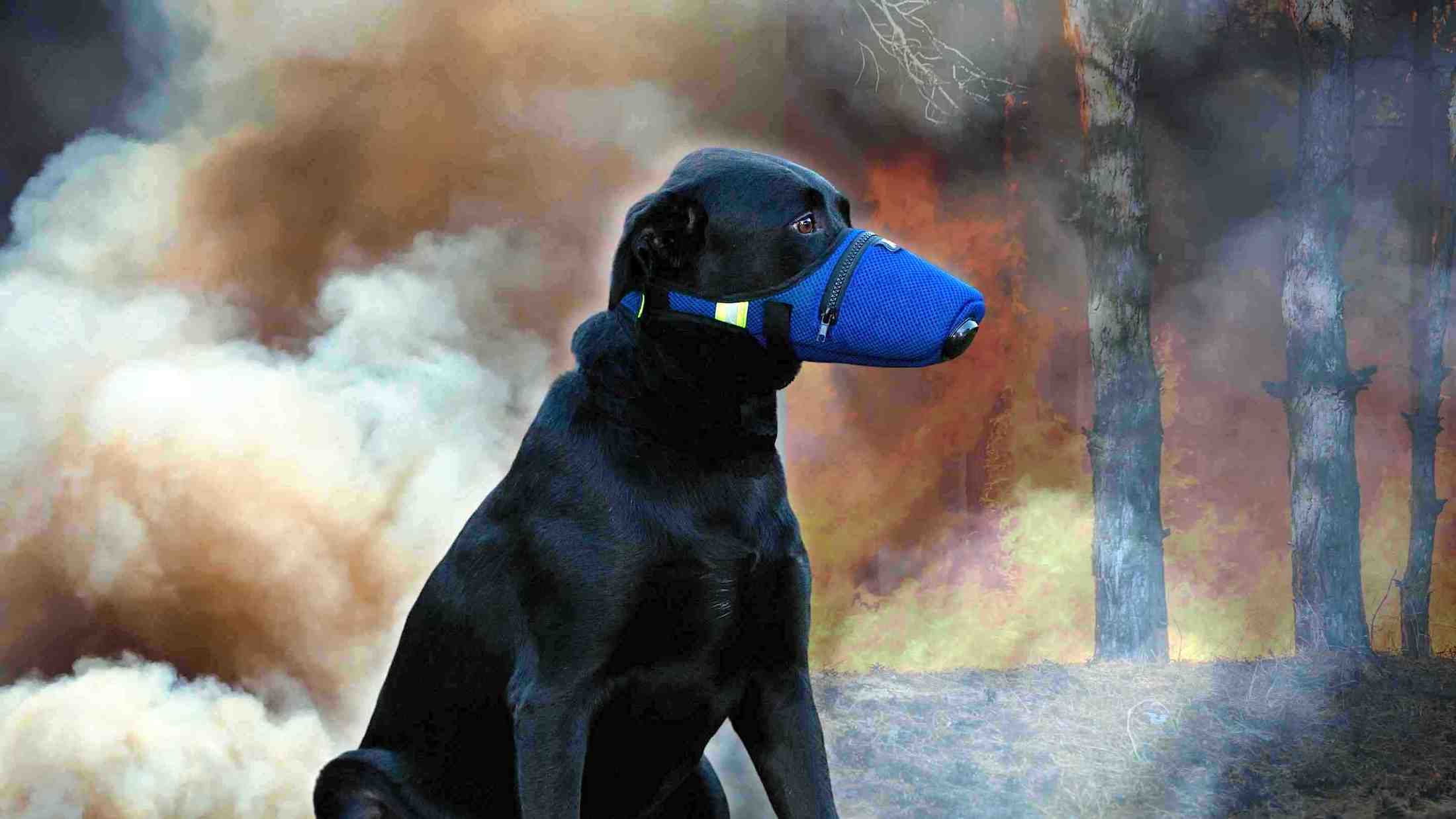Monsoon season in the Desert Southwest means the return of thunderstorms and the hazards that accompany those storms. Flash flooding and lightning pose serious threats, but so do strong winds that can knock down trees or kick up blinding walls of dust, also known as haboobs.
With the start of monsoon season just days away, June 15th, meteorologists and officials in Arizona will have a new tool at their disposal this year to help improve in the detection and warning process for dust storms. These storms can reduce visibility to less than a few hundred feet in a matter of minutes, posing a serious threat to safety, especially on the road.
The Arizona Department of Transportation (ADOT) issued this release on Tuesday along with a short video on twitter (above) which show off the new equipment placed along a ten mile stretch of I-10 between Phoenix and Tucson.
Between mileposts 209 and 219, thirteen sensors have been installed that use light beams to monitor visibility and the density of dust particles. These are complemented by a new X-Band radar, which will help fill in some holes in the radar data that’s currently available.
Speaking to WeatherNation in a phone call on Wednesday morning, Isaac Smith, meteorologist with the National Weather Service in Phoenix, said this corridor can be difficult to monitor on radar due to blockage from buildings and varied terrain.
It’s also been the site of multiple pile-ups in the past which occurred during dust storms, at least two of which have resulted in fatalities.
This new information will be utilized by both the ADOT and branches of the National Weather Service in Phoenix and Tucson to help improve warnings, which can be relayed to the public via new message boards. Variable speed limits will also be implemented when the system kicks on during a dust storm.

Haboob is the term given to an intense sandstorm created by powerful winds. These winds are typically caused by the outflow of a thunderstorm (the downdraft) but can also be created by larger scale wind patterns. The haboob in the video above blew through Phoenix on August 9th, 2016.
These dust storms increase in frequency in the Desert Southwest during monsoon season, when afternoon thunderstorms occur almost daily. The sand from these storms can tower up to a mile high and move as fast as 60 mph.
The system just finished a 30 day trial period and is now operational. ADOT will use information gained through this pilot program to determine if similar technologies would be useful along other stretches of highway.
If you find yourself on the road when a dust storm rolls in, immediately check the traffic around you and begin slowing down. Pull your vehicle completely off the roadway (exit the highway if possible) as soon as it is safe to do so. Turn off all lights and emergency flashers. Set the parking brake and remove your foot from the brake. Wait in the car with your seat belt on until the storm passes.












